Phlebia tremellosa
Scientific name: Phlebia tremellosa (Schrad.)
Nakasone & Burds.
Derivation of name: Phlebia means "veins"; tremellosa
means "trembling."
Synonymy: Merulius tremellosus Schrad.
Common names: Trembling Merulius.
Phylum: Basidiomycota
Order: Polyporales
Family: Meruliaceae
Occurrence on wood substrate: Saprobic; resupinate to
effused-reflexed to sessile, sometimes in overlapping
clusters,
mostly on decaying deciduous wood; July through
January.
Dimensions: Sheetlike portions 2.5-7.5 cm wide with
projecting caps up to 2 cm long; margins often fusing
laterally to
form more extensive sheetlike growths.
Upper surface: Caps white to pale yellow; hairy, wooly.
Pore surface: Pore-like with a network of radiating folds,
ridges, and crossveins; yellowish to brownish-orange to
pinkish-orange; rubbery, flexible, and gelatinous.
Edibility: Inedible.
Comments: The network of radiating and cross-veined
folds
and ridges on the fertile surface of Phlebia species is
not a true
tube layer as in the true polypores. Basidia cover
just the lining
of the tubes in the true polypores but basidia
cover the entire
surface of the pore-like layer in Phlebia.
More information at MushroomExpert.com
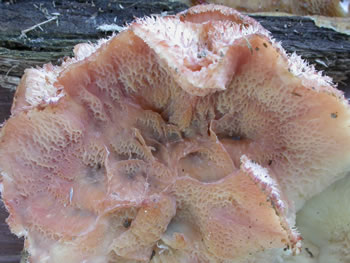
Figure 1.
Wrinkled fertile surface and wooly white caps of
Phlebia tremellosa. Photo © Gary Emberger.
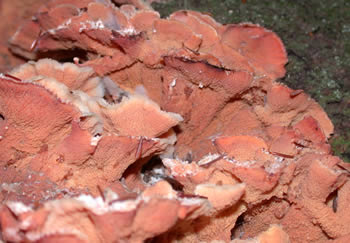
Figure 2. Fertile surface view of Phlebia tremellosa.
Photo © TomVolk.
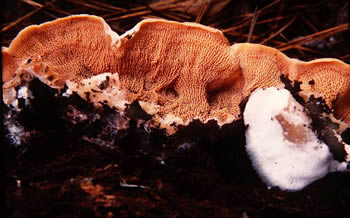
Figure 3. The specimen on the right shows
the white, hairy
cap. Photo © Tom Volk.
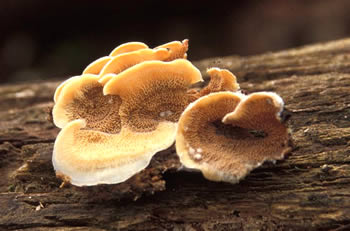
Figure 4. Specimens of Phlebia tremellosa. Photo © Larry
Grand.
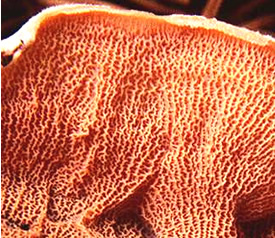
Figure 5. Pore-like network of branched,
cross-
veined folds and ridges.
Photo © Tom Volk.
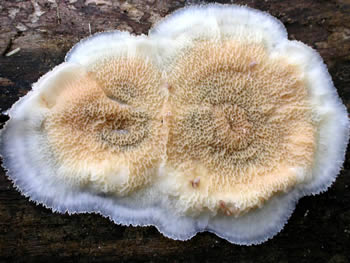
Figure 6. This young specimen growing in a forest
in
Wisconsin was tentatively identified by Tom Volk to be
Phlebia tremellosa. Photo © Gary Emberger.
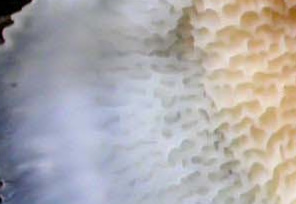
Figure 7.
A closeup of some of the young folds/ridges
of the specimen in Figure 5. Photo © Gary Emberger.